Exploring Makeup Culture of Japanese Edo Period- Hiromi Yamamura, Makeup Culture Researcher
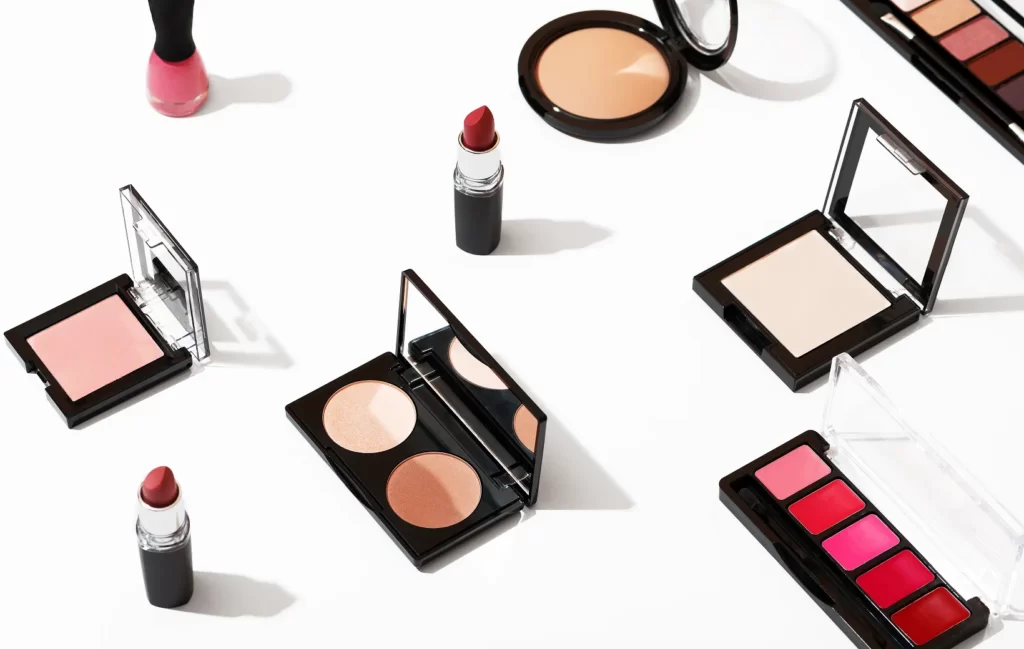
The Edo period (1603-1868) was a time of economic stability, when common people began to enjoy wearing makeup. We asked Hiromi Yamamura, a cosmetic culture researcher, about the significance of makeup in those days.
Edo was the period in which Japan’s unique traditional cosmetics, as symbolized by hina dolls, were established. What is its place in the history of cosmetics?
According to Yamamura, Japanese cosmetics developed from the Kofun period onward, adopting and imitating the cultures of China, Korea, and other continents. By the late Heian period (794-1192), however, Japan began to develop its own unique style.
The three colors of makeup were “white makeup,” represented by Oshiroi (white powder), “black makeup,” which included eyebrows and teeth blackening, and “red makeup,” which used rouge (reddish color). It was during the Edo period (1603-1867) that these three makeup styles were established and gradually spread from the upper classes to the general public.
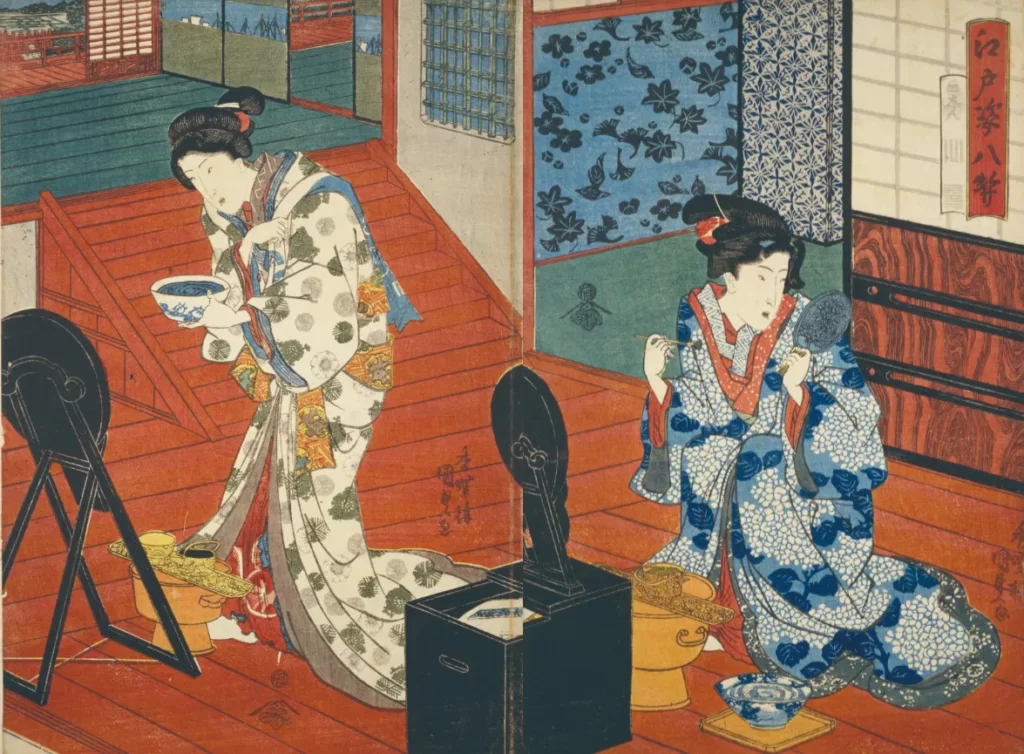
Makeup Spread through Industrial Development and Improved Literacy Rate
In the late Edo period (1603-1868), culture flourished mainly among the townspeople who had economic power. In the same way, makeup also flourished and reached its peak of perfection,” says Yamamura. The first factor that supported the rise of makeup culture was economic stability. In a peaceful world without war, the culture flourished. Industrial development also contributed to the manufacture and distribution of products.
The development of sea routes also helped to develop distribution routes. It was during the Genroku period (1688-1704) that a stable supply of white flour and rouge became available. It was during this period that the wholesaler distribution system was established.
In addition, books on culture and cosmetics for women also began to be distributed. This was probably due in part to improvements in printing technology, the high literacy rate of girls at terakoya (temple schools), and the spread of the book-lending culture. The growth in demand for cosmetics can also be seen in the increase in the number of cosmetics shops.
A comparison of shopping guides between the Genroku and Bunka-Bunsei periods shows that in the Genroku period, there were only three white powder shops in Edo, but in the Bunka-Bunsei period, there were over 50. Of course, there are probably many stores that were not included in the book. This leap in numbers shows that cosmetics had entered the daily lives of the common people.”
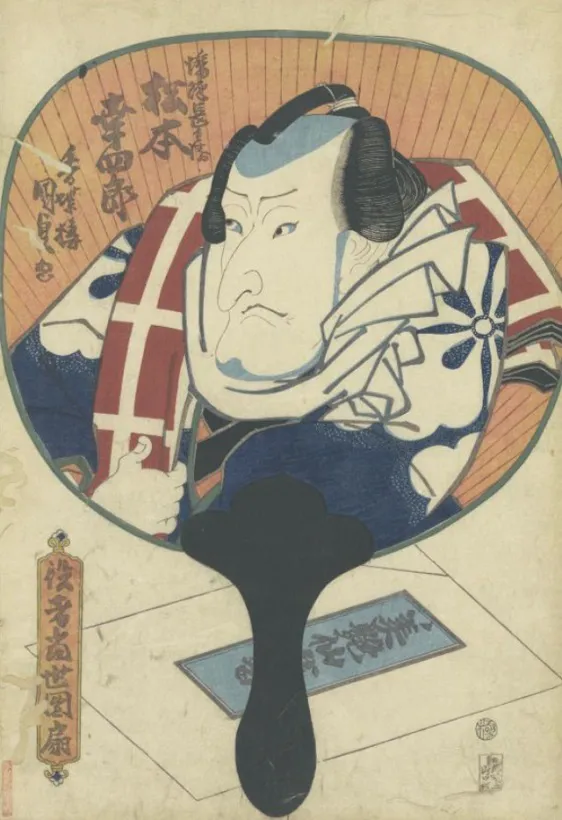
Visualizing Womens Social Status with Makeup
What role did makeup play in daily life during the Edo period? In an era with a strong class system, the makeup culture was said to have been “top-down,” first passing through upper class samurai families, prostitutes, and the wealthy, and then descending to the townspeople.
In addition, the major significance of makeup in the Edo period was that it made women’s social attributes visible.
The Edo period was a society that placed a high value on status order, and women’s makeup was part of that social system. A woman’s attributes could be identified by looking at her makeup.”
When a woman married, she would wear teeth blackening, and when a child was born, she would shave her eyebrows. …… These were imprinted on the inner lives of Edo women as “manners.
If you look at an Edo period book on women’s education, you will find that it says things like, ‘Makeup is a grooming and etiquette that must be mastered. Makeup, like needlework, was taught as an essential part of women’s etiquette.
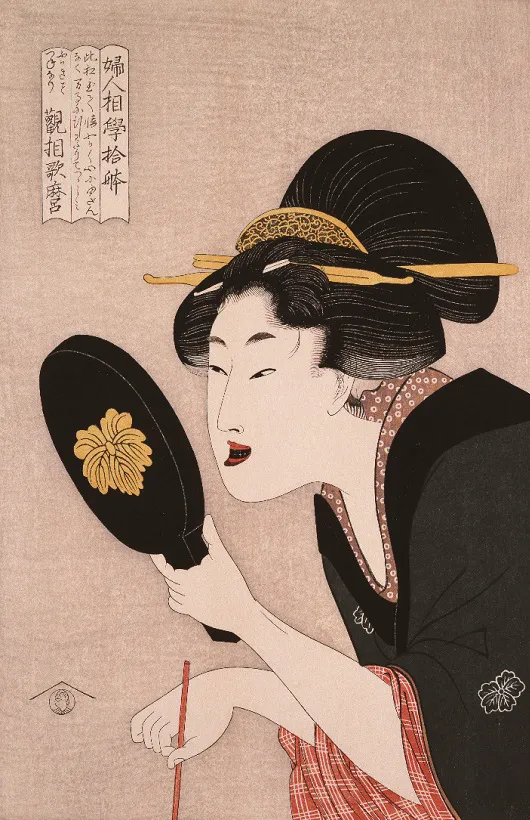
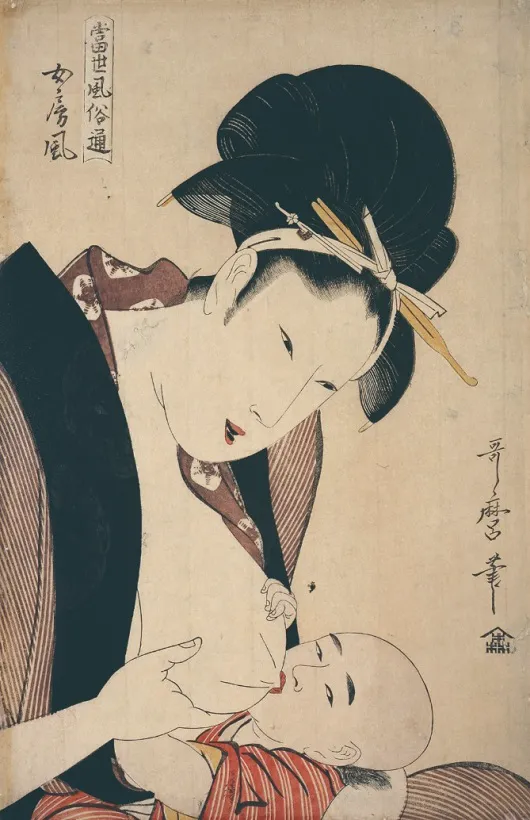
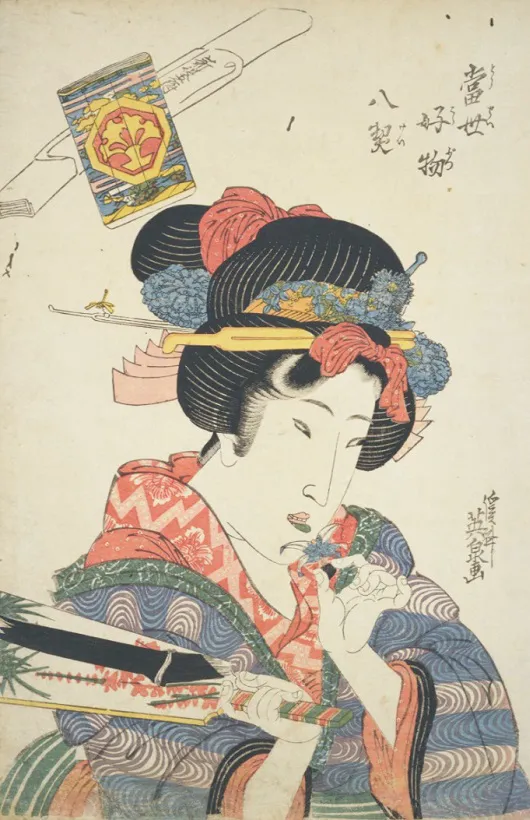
- Ohaguro (teeth blackening) This is exactly where she is wearing her black teeth. Her hair is in the round-topknot style that married people wear, but her eyebrows are unshaven, indicating that she is married but has no children. The hair is tied in a married woman’s knot, but the eyebrows are unshaven, indicating that the woman is married but has no children.
- Mothers who breastfeed their children shave their eyebrows and have black teeth. The women of the nobility and upper class samurai families had the custom of drawing a new eyebrow on the top after shaving. Probably only the shaving part of the eyebrows was transmitted to the townspeople. There, too, one could distinguish between those of high status and the common people. “Tosei Fuzoku Dori Onnafu” (Tosei Fuzoku Dori: Women’s Style): Courtesy of Utamaro Kitagawa, Kobun Kyoiku Kenkyukai.
- An unmarried girl with a gorgeous hair ornament. The lower lip is painted green. This is the “sasa shirobeni” (bamboo grass-red rouge) that was popular at the time. The rouge was very expensive, and is like high-brand lipstick today. Eisen Keisai’s “Eight Favorite Foods of the Day” (collection of the National Diet Library)
Is Modern Japanese Makeup More Free Than Edo Makeup?
At that time, most women wore black makeup. Yamamura explained the reason for this, saying, `Ohaguro could be made from readily available materials such as rice water, Sake, Chinese sumac and substitute plants, so it spread widely regardless of social status.”
In contrast to teeth blackening, which is said to be more beautiful the more black you apply, the trick was to apply a thin layer of white powder for white makeup. “Even in the Edo period beauty guide, Miyako Fuzoku Kewaiden, it is said that the most important thing is to have a white color. Fine, glossy skin was ideal.”
In addition, “red makeup” added color to the face. “Basically, red should be applied darker on the lower lip and lighter on the upper lip. There is also a popular makeup technique called ‘Sasairokuni,’ which is applied to the lower lip to give it an iridescent sheen. This is one of the characteristics of makeup in the Edo period, and it was probably their best effort in self-expression at the time,” says Yamamura.
Compared to modern times, makeup in the Edo period may seem to be bound by various rules. However, Yamamura points out, ’We cannot say that Japanese people today wear makeup more freely than people of the Edo period’.
Teeth blackening and shaving eyebrows was supposed to be a rite of passage, but it became a daily routine for women. On the other hand, instead of the expensive Sasiro-beni, there were other ways to enjoy makeup even within the constraints, such as applying light ink to the lower lip in advance and layering red on top of it to create a Sasako-style.
“Even though we seem free at first glance, we are unconsciously caught up in social values. For example, job-hunting makeup and job-hunting fashion have become more uniform in recent years. I think you could say it’s the same as blackening your teeth or shaving your eyebrows.”
Hiromi Yamamura
After working at the cultural research institute of a cosmetics company, became a researcher of makeup culture, mainly researching the history of makeup and hairstyles. Author of “Japanese History of Makeup: Changes in Sense of Aesthetics” (Yoshikawa Kobunkan).
May 2022 coverage
Text:Chio Nishizawa
Editing:Kaori Saeki



